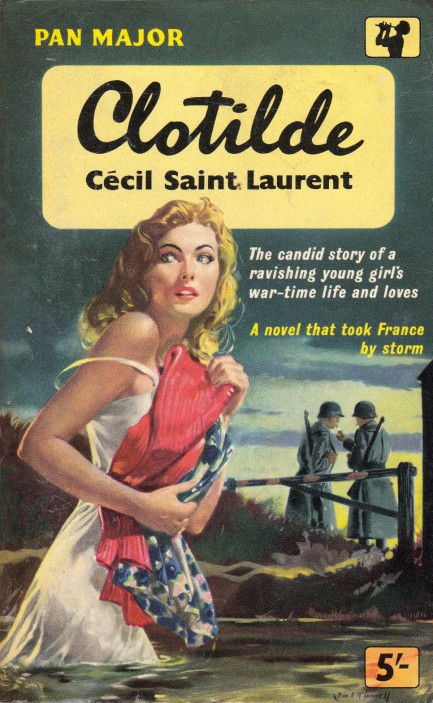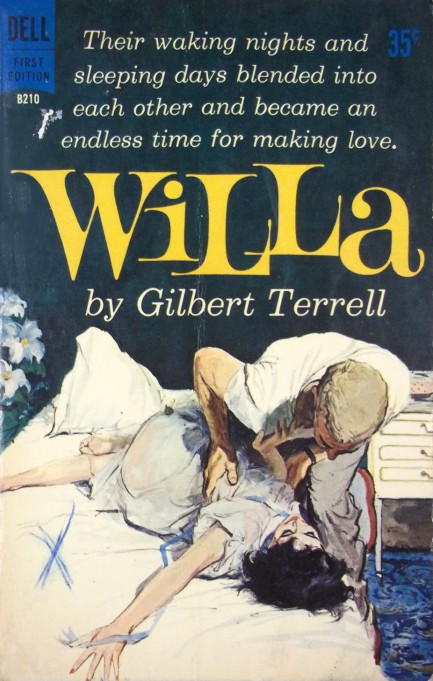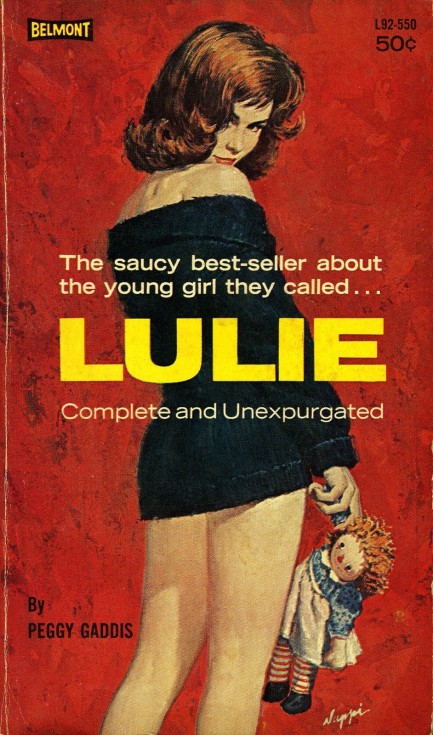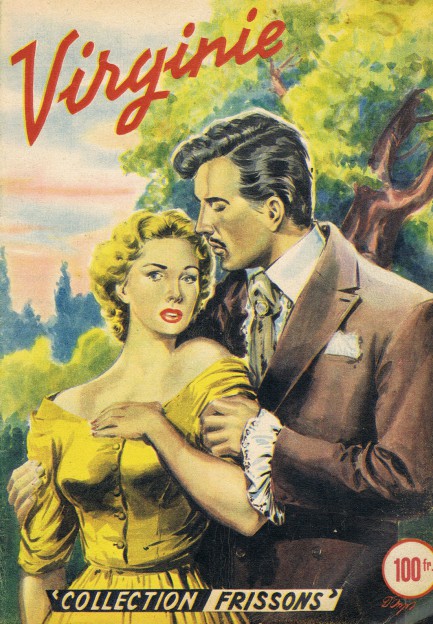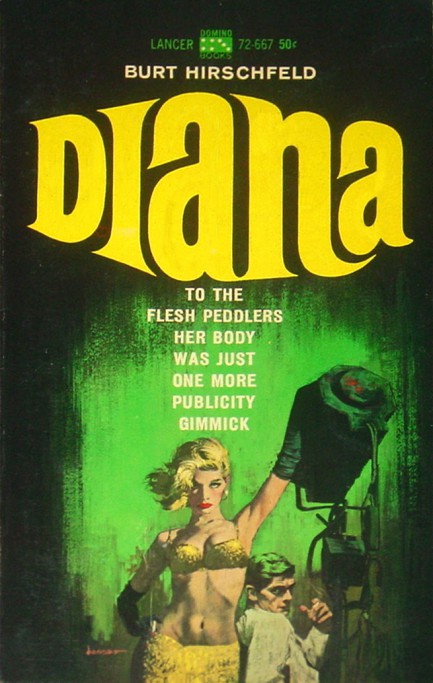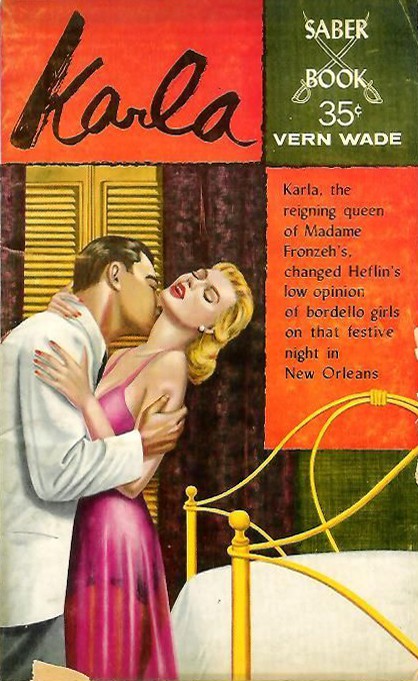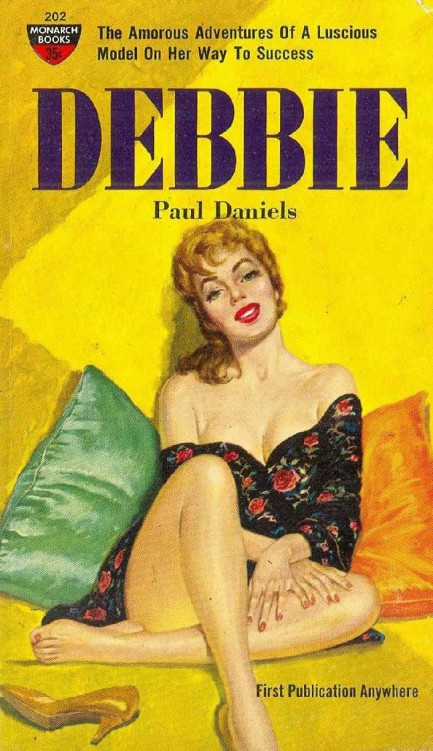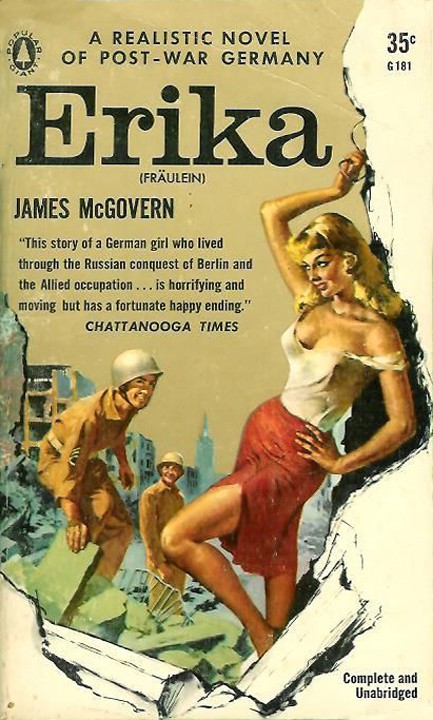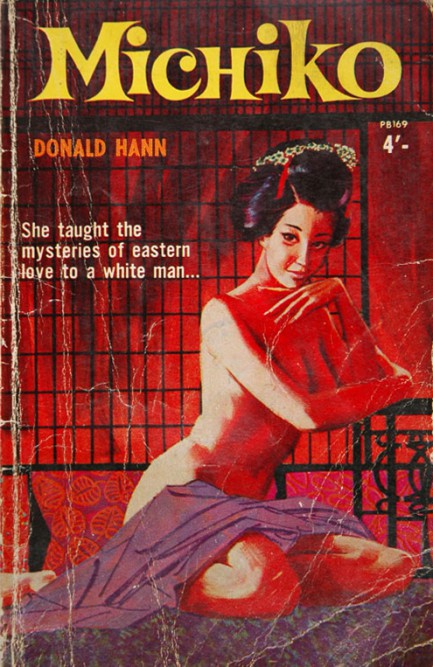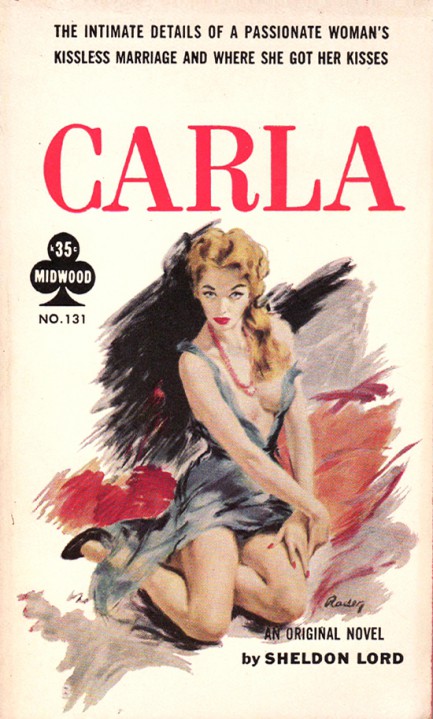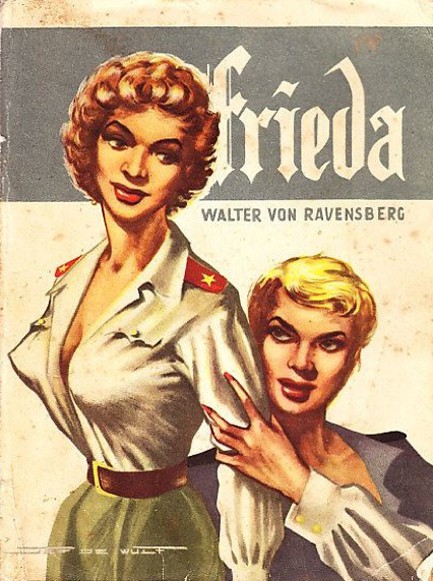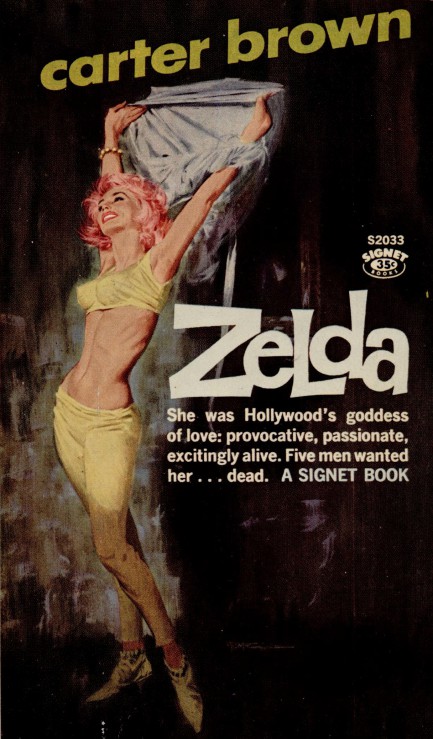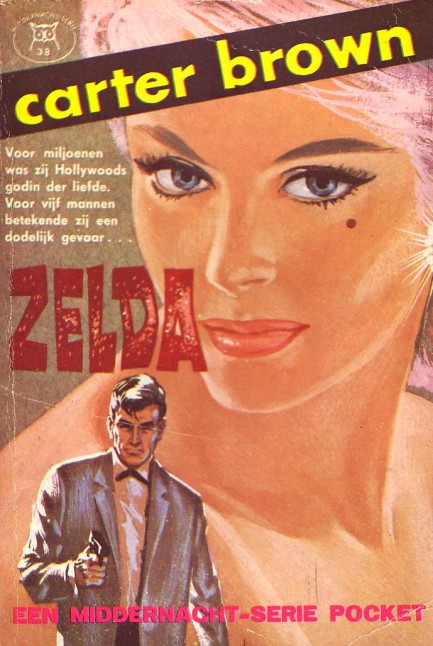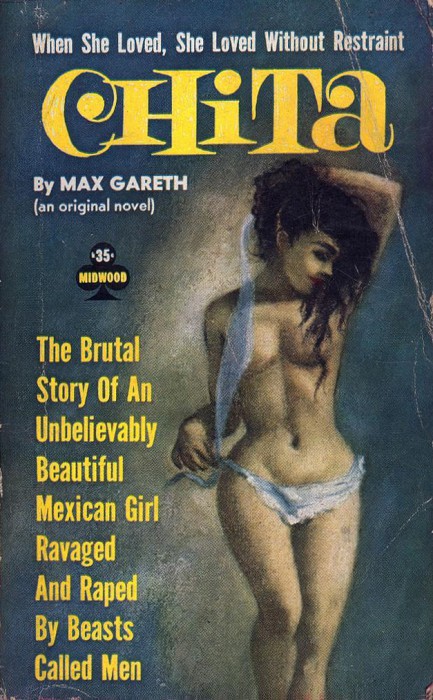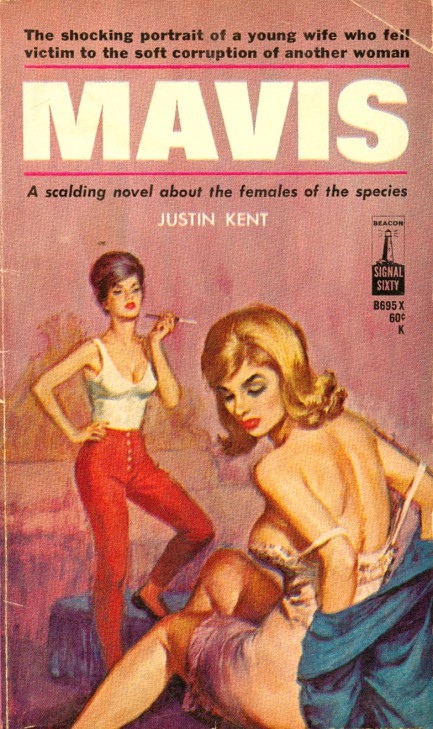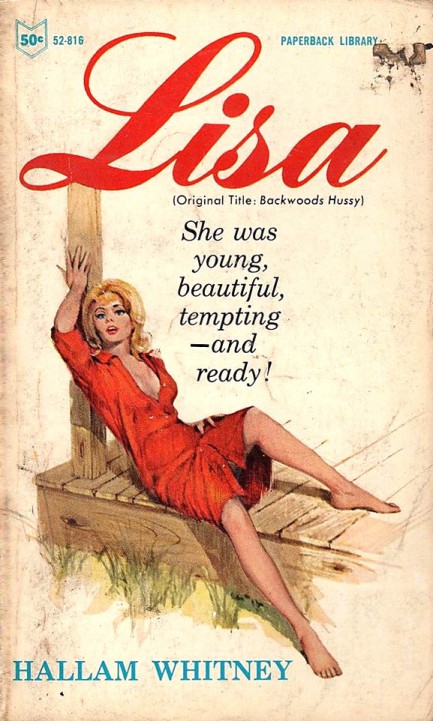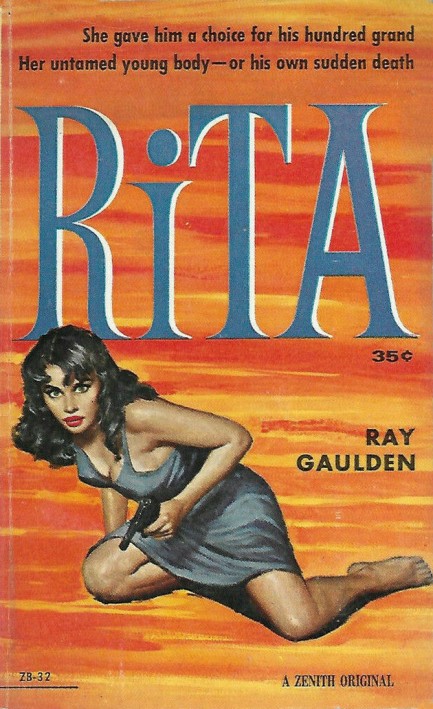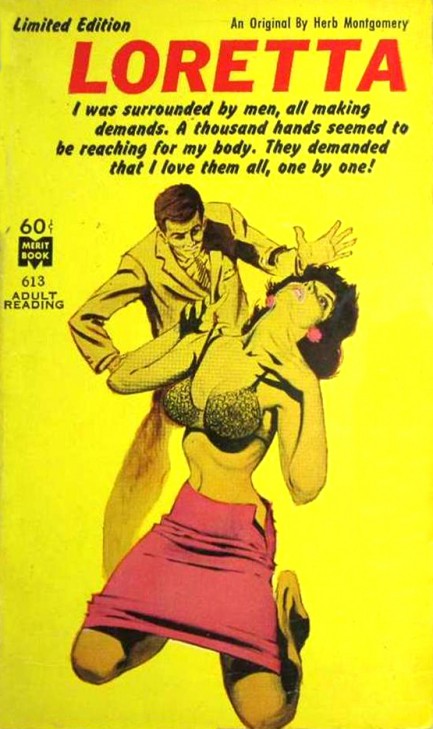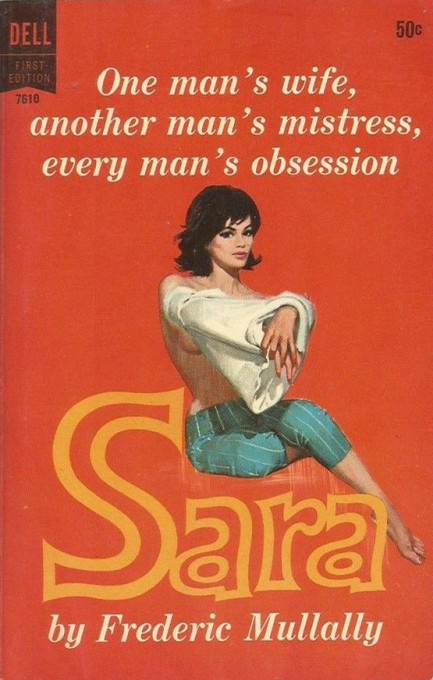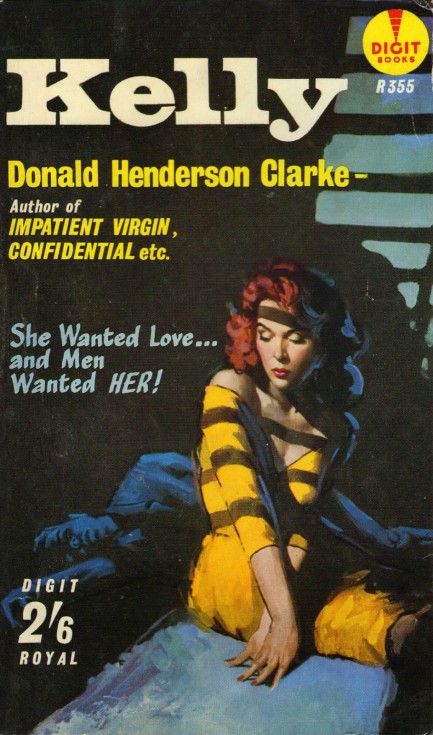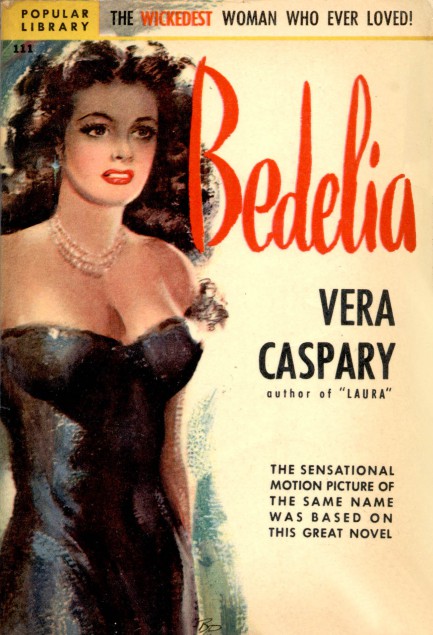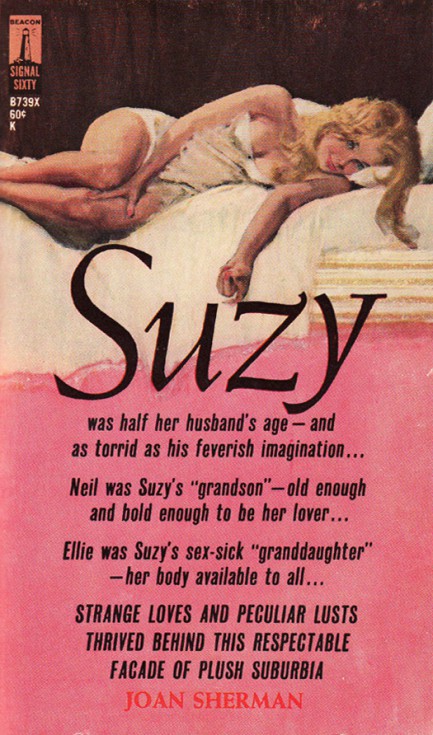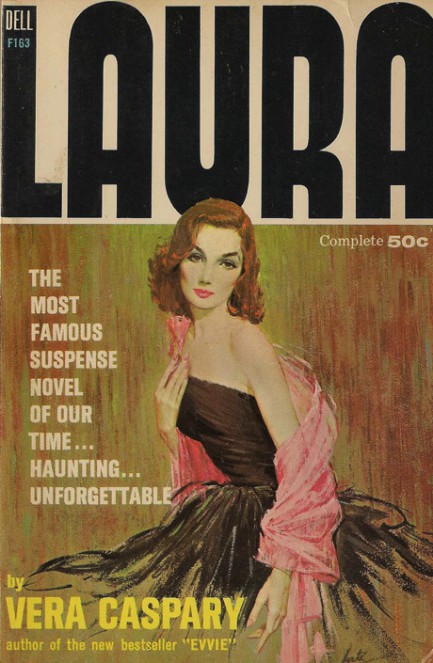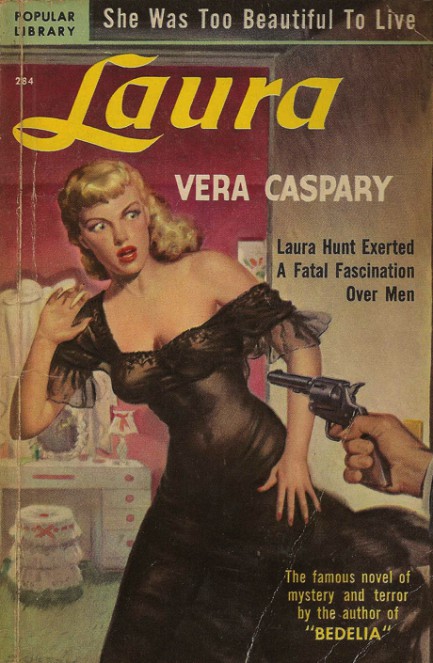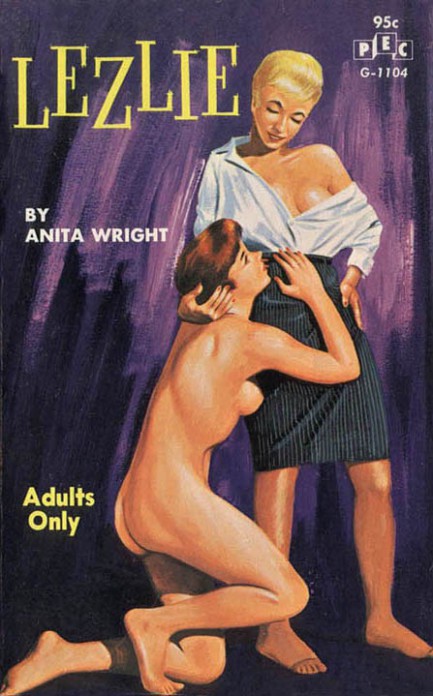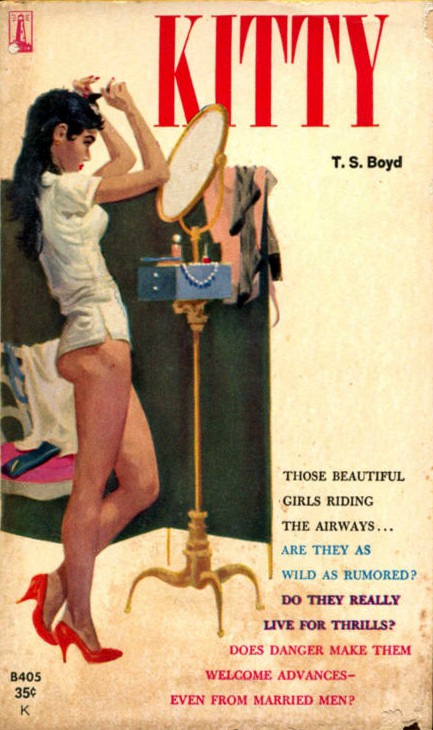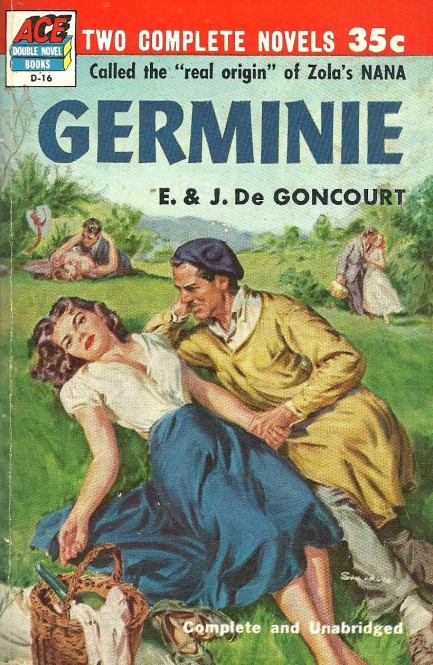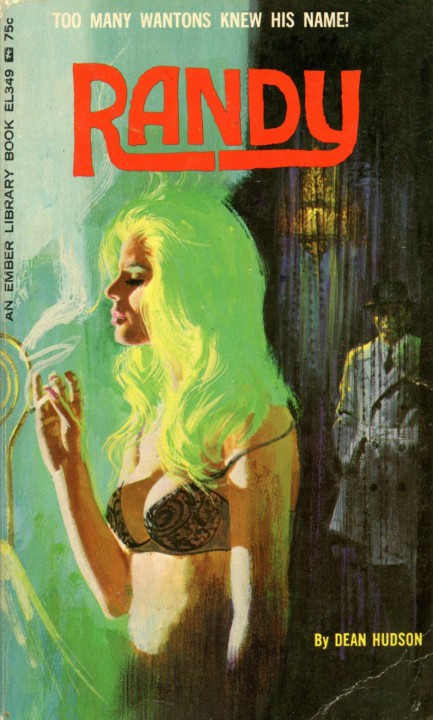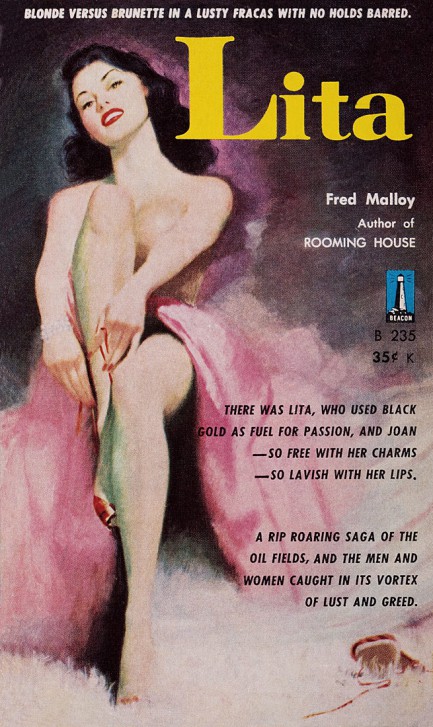| Vintage Pulp | Jul 30 2017 |

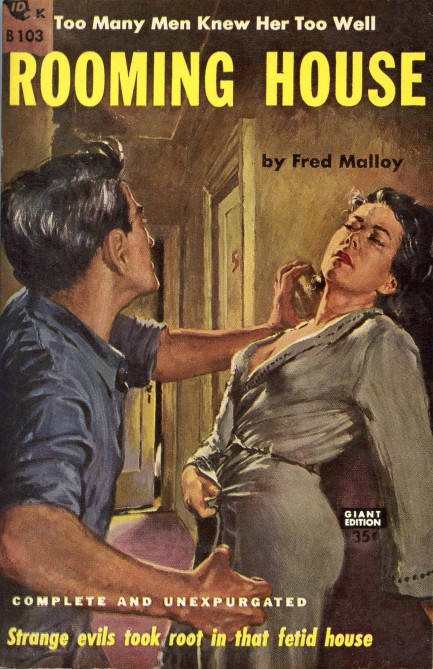
You ever stay in a place and the internet sucks? It happens to us all the time. The amenities are also sorely lacking at Guido d’Arpino's San Francisco rooming house, but at least his daughter Emma is sexually available to most of the guests that roll through, including touring saxophonist Harry Purcell. Their involvement produces an unexpected customer bonus: pregnancy! The impending arrival of the little d’Arpino sets into a motion a series of events that leads to murder. Since the story is told in flashback at Harry's trial, none of this is a surprise, but the details of how he ended up in the dock are interesting, and in the end the lesson of this Prohibition era tale is clear—never get involved with a musician. And we say that as musicians. We're the worst. Pretty good book, though. In the same way San Fran exteriors are used in some of the best mid-century noir movies, author Fred Malloy (a pseudonym too involved to work out on a perfect beach day, sorry), uses San Fran specificity to spice this one up. For people interested in the city, that alone probably is worth the price of the book. 1954 copyright on this edition, and cover art by Saul Levine.
| Vintage Pulp | Jan 22 2015 |

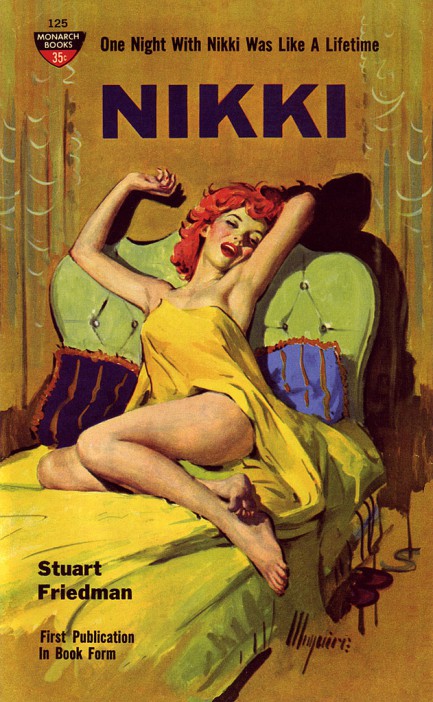
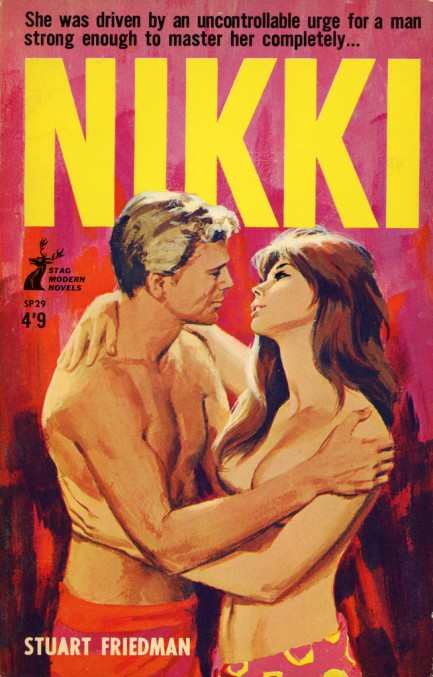
Above and below you will find a large collection of pulp, post-pulp, and sleaze paperback fronts that have as their titles a character’s first name. There are hundreds of examples of these but we stopped at thirty-two. The collection really highlights, more than others we’ve put together, how rarely vintage paperback art focuses on male characters. The prose is virtually all male-centered and male-driven, of course, but because the mid-century paperback market was male-driven too, that meant putting women on the covers to attract the male eye. We tell our girlfriends this all the time, but they still think we just don’t bother looking for male-oriented vintage art. But we do. For this collection we found two novels that have male characters’ names as their titles, and we looked pretty hard. If we had to guess, we’d say less than 5% of all pulp art is male-oriented. In any case, the illustrations come from the usual suspects—Barye Phillips, Robert McGinnis, Jef de Wulf, Paul Rader, et al., plus less recognized artists like Doug Weaver. Thanks to all the original uploaders for these.